Venturi Nozzle Multiphase Flow Analysis
$80.00 $40.00 Student Discount
- The problem numerically simulates multiphase flow in a venturi nozzle using ANSYS Fluent software.
- The geometry is designed in ANSYS Design Modeler and ANSYS Meshing is used to generate a mesh with 829,367 cells.
- The Volume of Fluid (VOF) multiphase model is employed to handle the interaction between air and water phases.
- The Realizable k-epsilon turbulence model with Enhanced Wall Treatment is used to simulate turbulent flow.
- Results are analyzed for air volume fraction, pressure distribution, and velocity patterns throughout the venturi turbine geometry.
To Order Your Project or benefit from a CFD consultation, contact our experts via email (info@mr-cfd.com), online support tab, or WhatsApp at +44 7443 197273.
There are some Free Products to check our service quality.
If you want the training video in another language instead of English, ask it via info@mr-cfd.com after you buy the product.
Description
Venturi Nozzle Multiphase Flow Analysis Using ANSYS Fluent
Introduction
This report presents a comprehensive Computational Fluid Dynamics (CFD) analysis of a venturi nozzle using ANSYS Fluent. The study aims to investigate the complex multiphase flow behavior of air and water through the nozzle geometry, providing insights into the performance and flow characteristics of this important hydraulic device.
The simulation geometry, designed using ANSYS Design Modeler, consists of a venturi-shaped nozzle with a long, narrow tube and a constricted section. The domain includes an air inlet at the top and a water inlet on the left side, allowing for the investigation of the interaction between the two phases. The geometry is optimized to capture the flow acceleration through the constriction and the subsequent expansion.
ANSYS Meshing was employed to generate a high-quality mesh comprising 829,367 cells. This mesh density provides sufficient resolution to accurately capture the multiphase flow dynamics, turbulence effects, and pressure variations within the domain. The mesh quality ensures efficient computation and helps in resolving the complex flow patterns expected in the venturi nozzle.
Methodology
A pressure-based, steady-state solver was employed to capture the flow characteristics of the venturi nozzle.
The Coupled scheme was selected for pressure-velocity coupling, providing robust and efficient convergence for the multiphase flow simulation.
The Realizable k-epsilon turbulence model with Enhanced Wall Treatment was chosen to accurately represent the turbulent nature of the flow, especially in the constricted section of the venturi.
The Volume of Fluid (VOF) multiphase model with implicit formulation for volume fraction parameters was used to handle the interaction between the air and water phases. This approach is well-suited for capturing the interface between the two fluids and predicting their behavior throughout the domain.
Results
The air volume fraction contours reveal the distribution of air throughout the venturi nozzle. A high concentration of air is observed at the top inlet and in the upper portion of the long tube. As the flow progresses through the constriction, there’s a notable reduction in the air fraction, indicating acceleration and possible mixing with water.
The pressure contours demonstrate the characteristic pressure distribution in a venturi system. A high-pressure region is observed at the water inlet and the beginning of the long tube. As the flow approaches the constriction, there’s a significant pressure drop, followed by a gradual pressure recovery in the expanding section. This pressure variation is crucial for the venturi effect and the nozzle’s operation.
The velocity contours illustrate the flow acceleration through the venturi. Low velocities are observed at the inlets and in the wider sections of the tube. A dramatic increase in velocity is evident in the constricted section, with the highest velocities occurring at the throat of the venturi. This acceleration is fundamental to the energy conversion process in the nozzle.
The simulation captures the essential venturi effect, with clear indications of flow acceleration and pressure changes through the constriction.
The interaction between air and water phases is evident, particularly in the mixing region near the constriction.
The pressure distribution aligns with theoretical expectations for a venturi system, validating the simulation’s accuracy.
The velocity profile shows the characteristic acceleration through the constriction, which is crucial for the operation of venturi nozzles.
The air mass flow rate at the inlet (0.00048099167 kg/s) and the volume-averaged air flow velocity (0.68884552 m/s) provide quantitative insights into the air phase behavior.
The area-weighted average velocity at the air inlet (1.0432147 m/s) indicates a significant acceleration from the initial water inlet velocity, demonstrating the venturi’s effect on flow speed, demonstrating the venturi’s effect on flow speed.
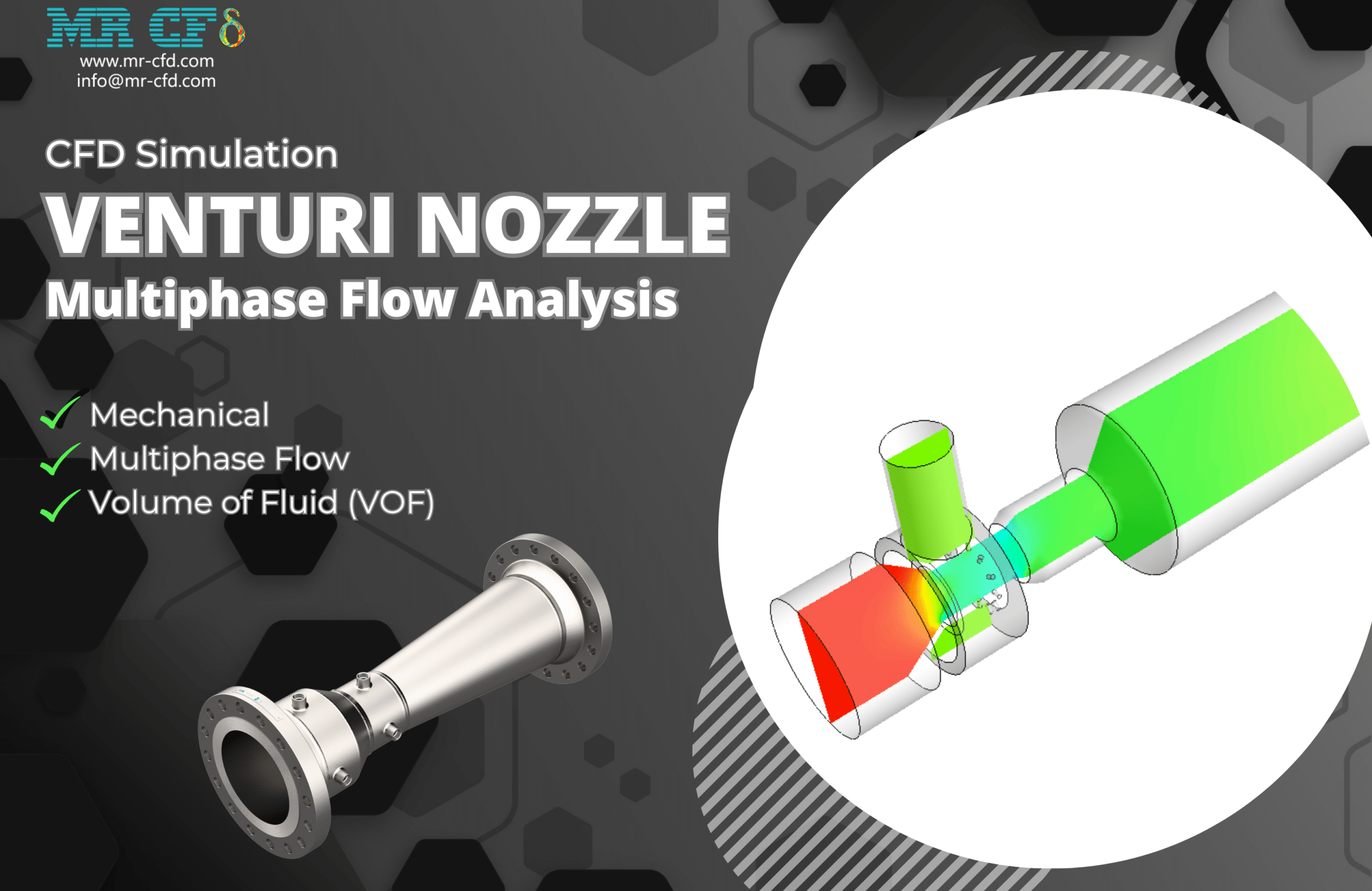
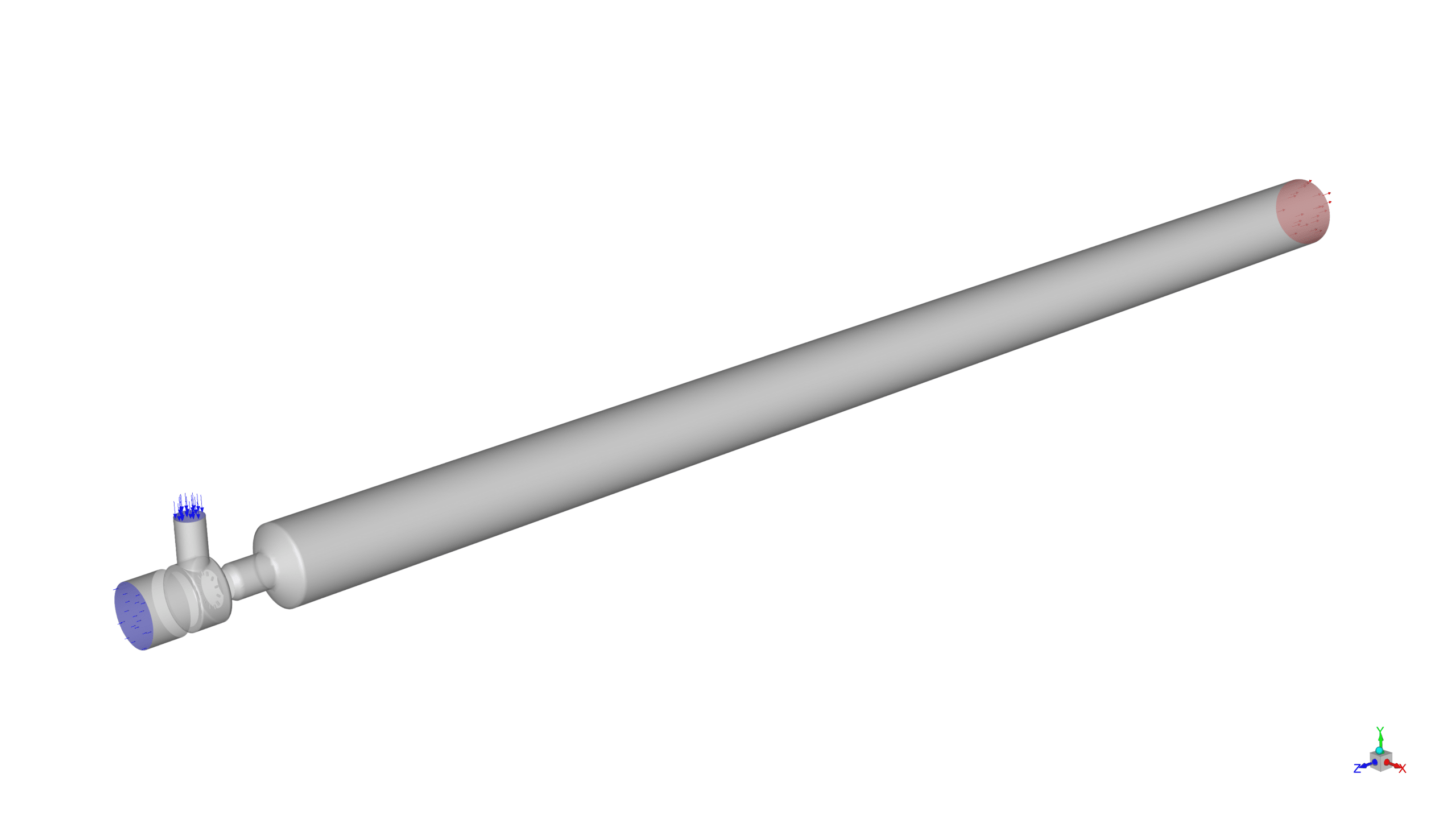
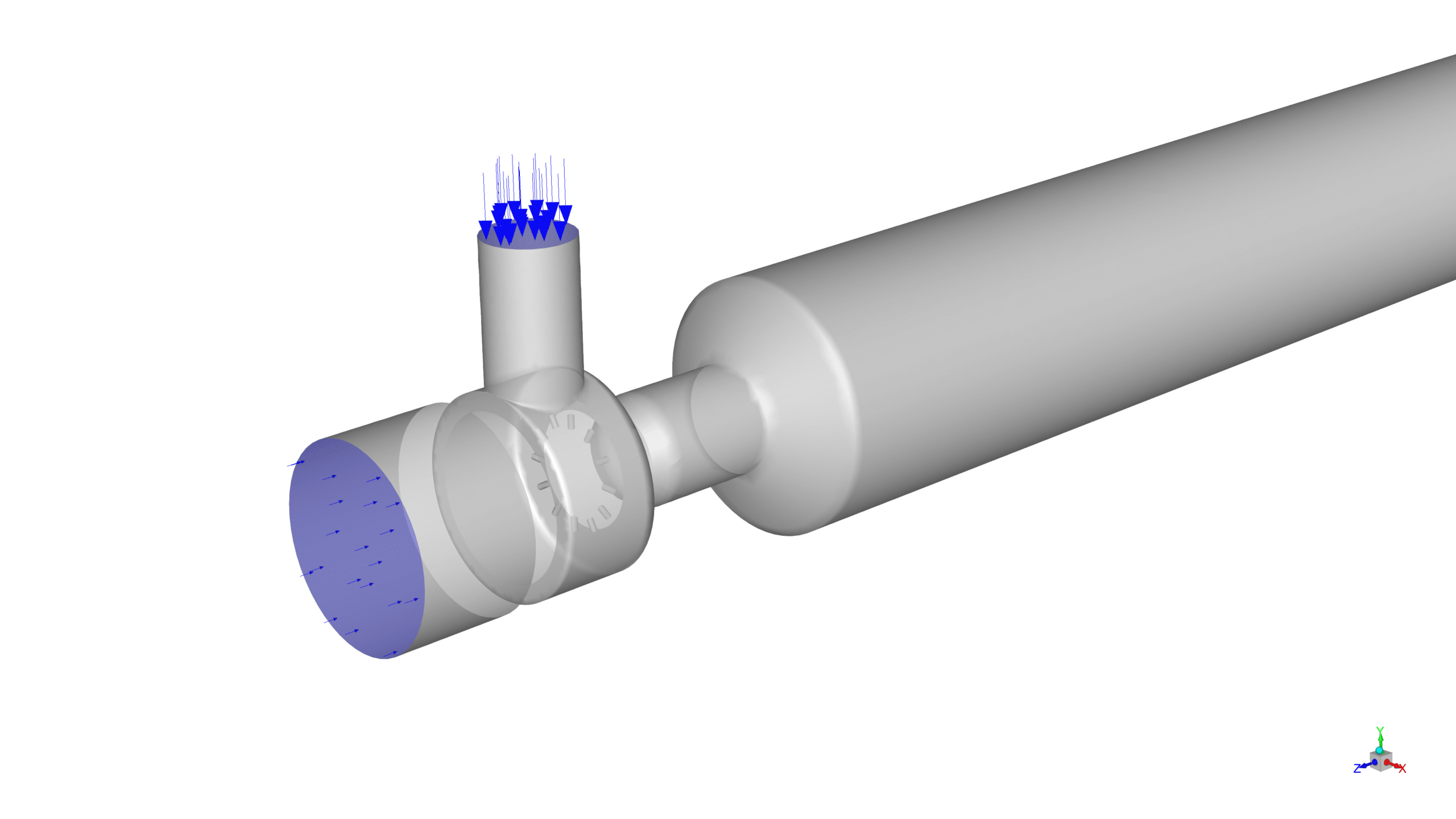
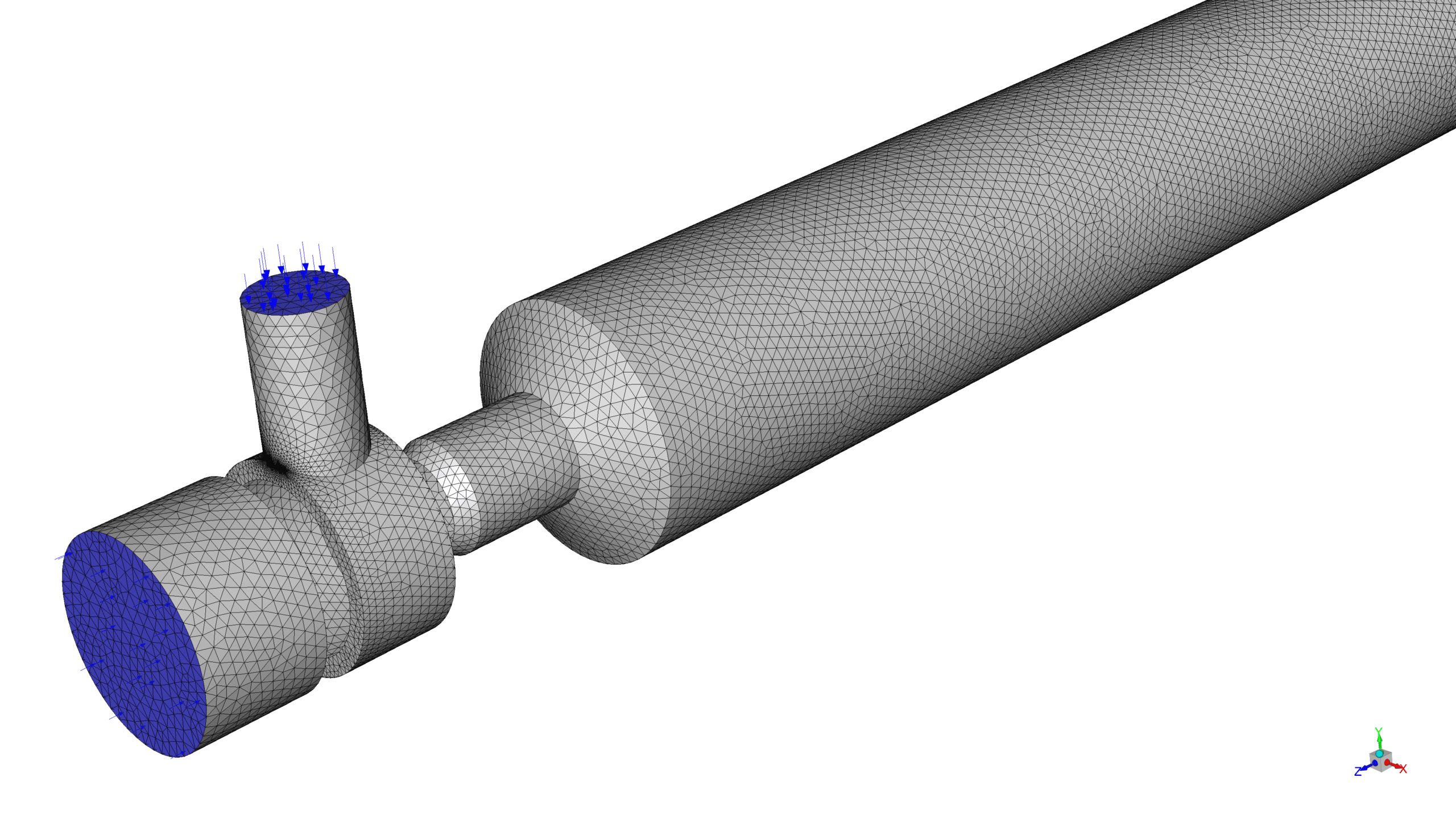
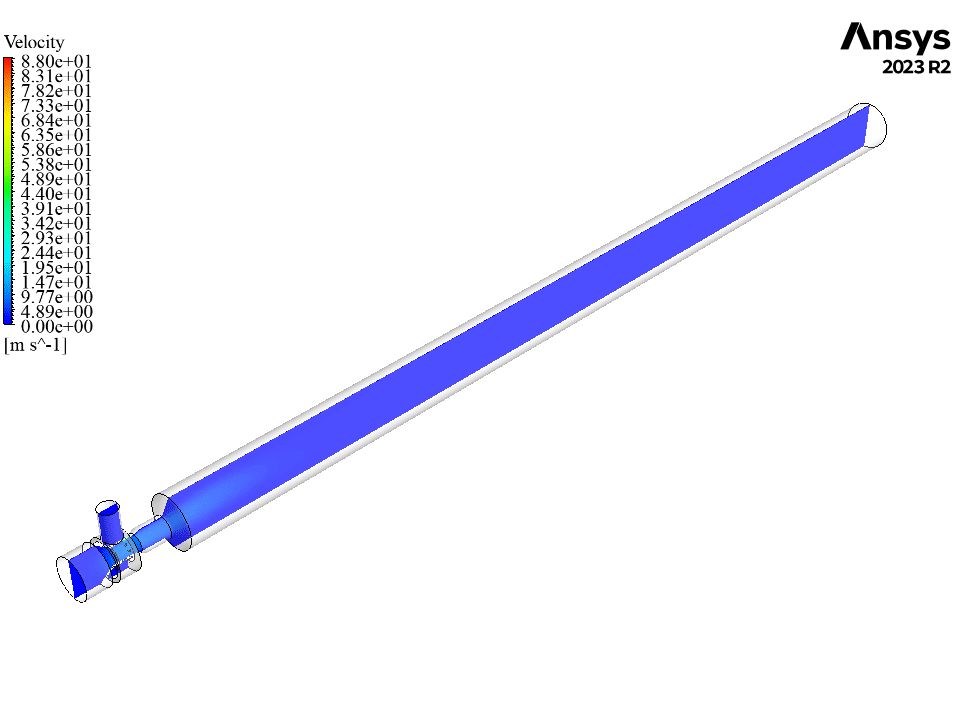
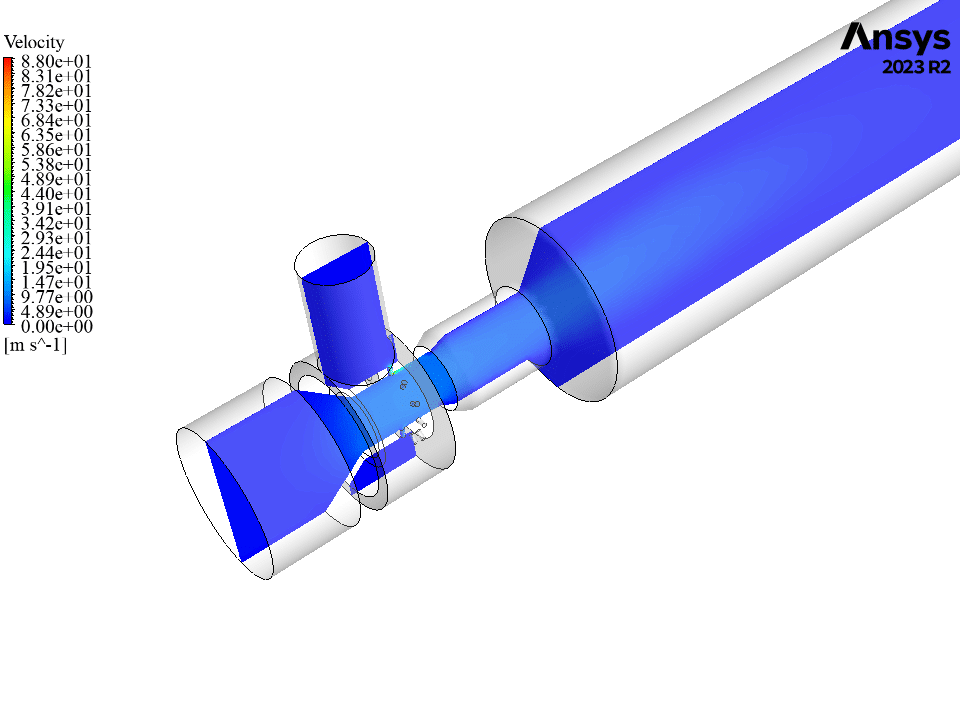
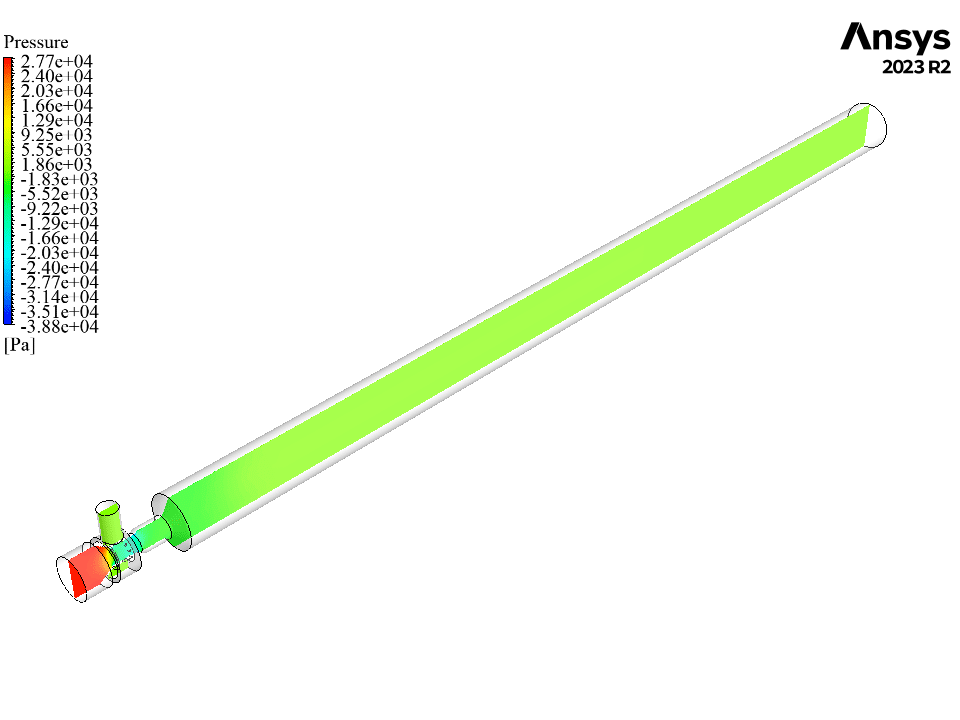
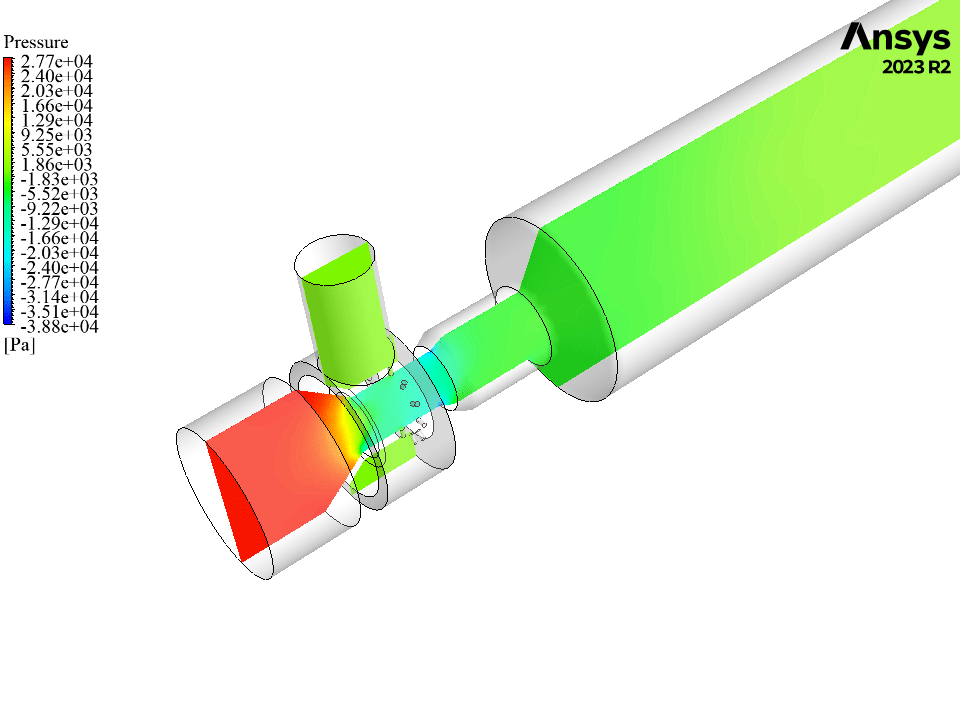
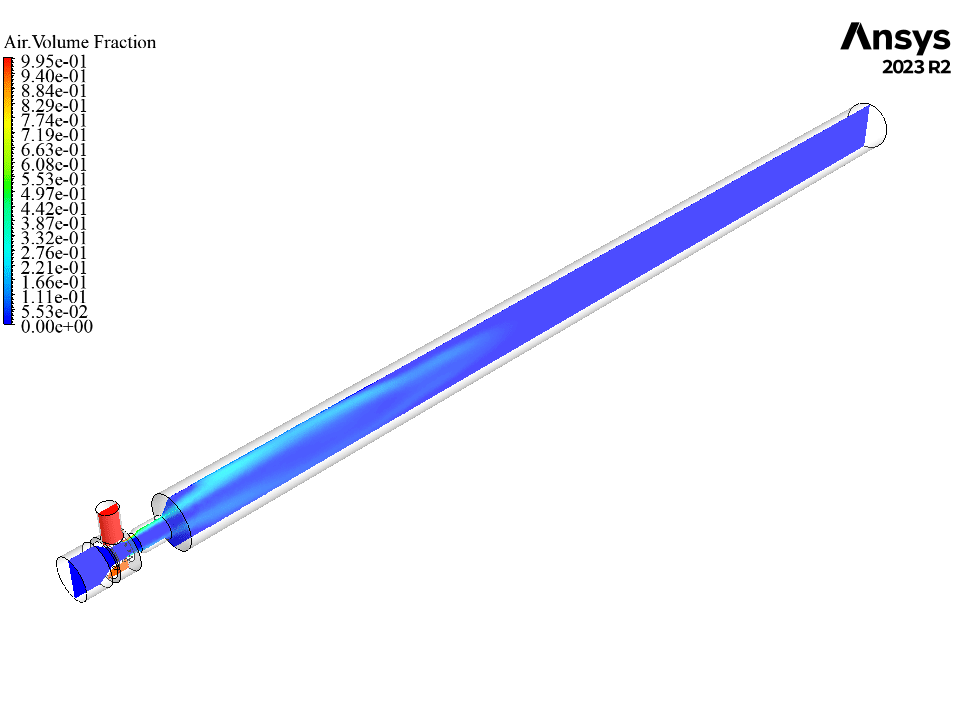
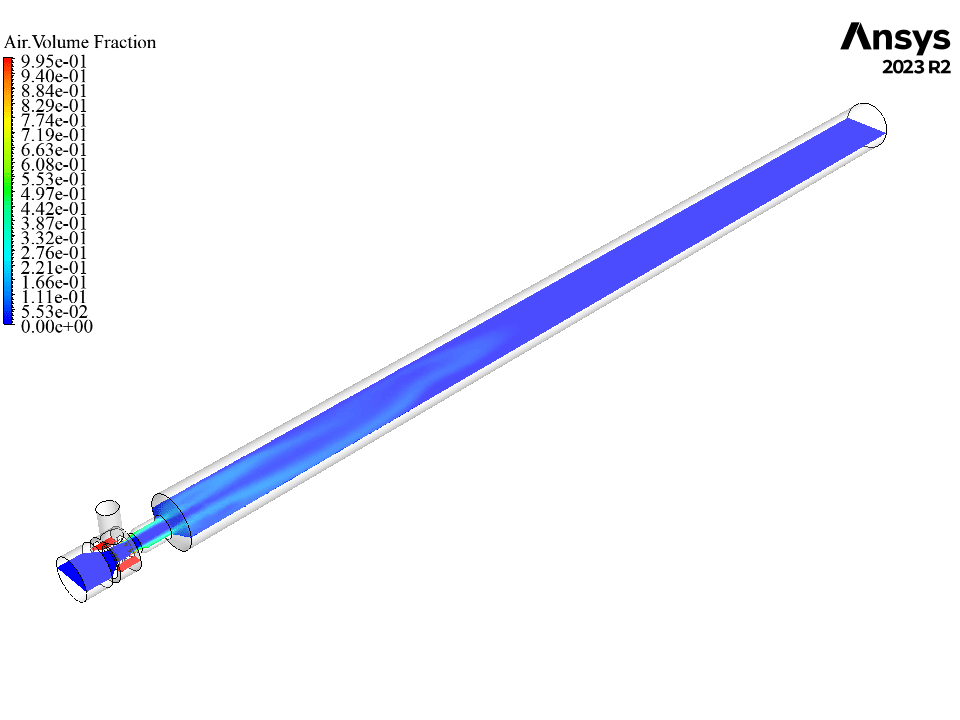
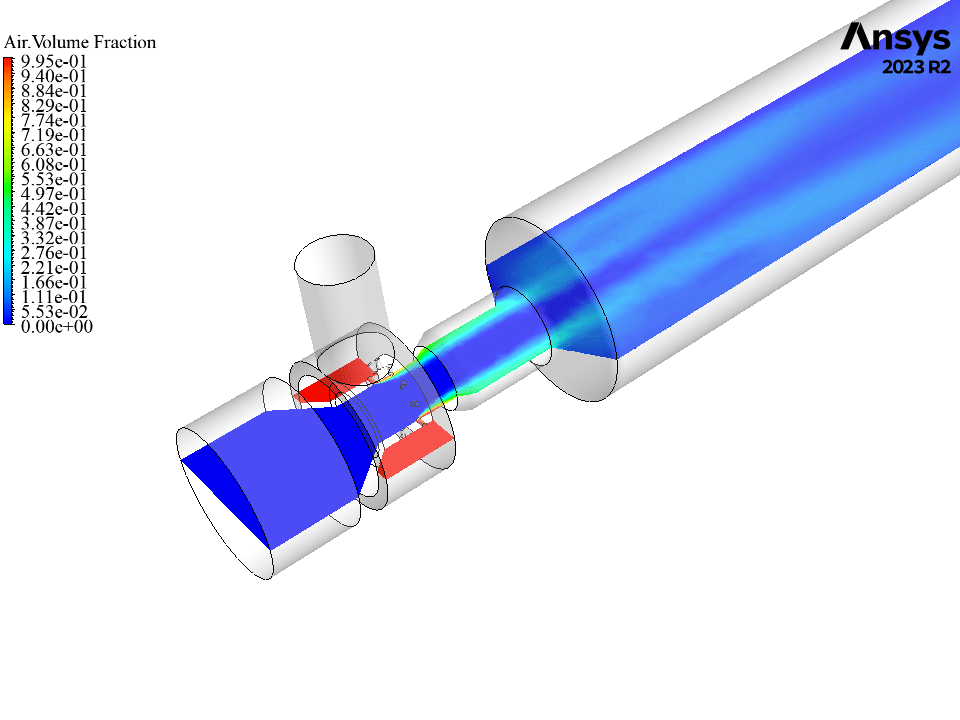

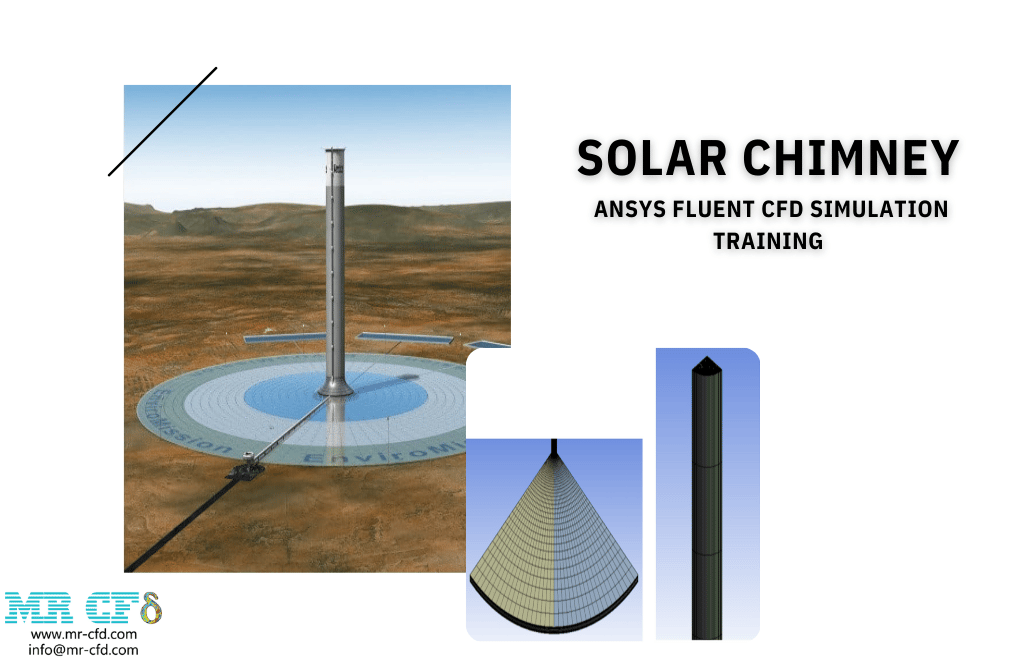


Reviews
There are no reviews yet.